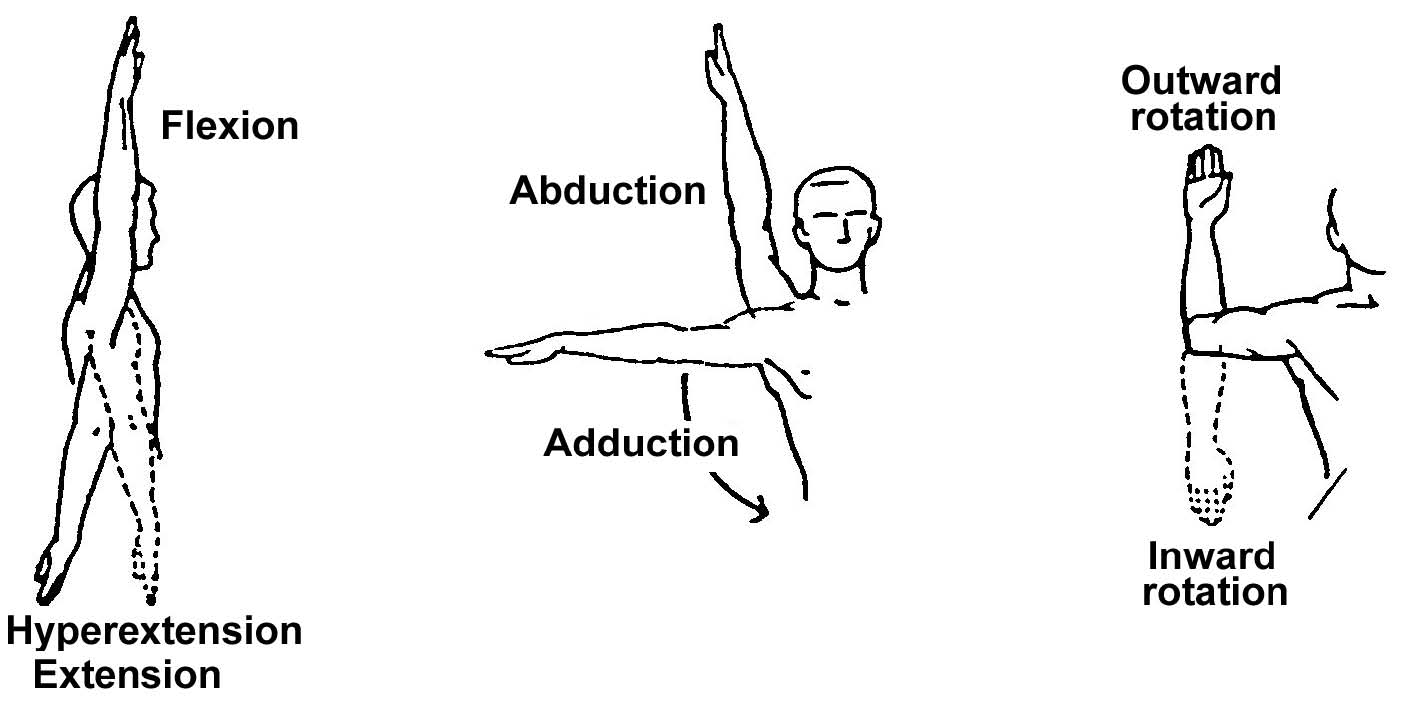Five Stretches You Should Perform Before Hiking
By Tyler Guymon, DPT
Count me as one of those individuals who moved to Arizona for the weather! In fact, one of the main reasons I decided to relocate my family from the Northwest was the sheer amount of fun outdoor activities for the entire family. If you asked my kids, their favorite time of the year is summer because school’s out and they are little fish swimming in pools almost every day. Ask me, my favorite time of the year is our current season - winter. Winter, if you can even call it that in Arizona, is the best time for outdoor activities without the fear of melting in the hot Arizona summer sun.
Our favorite family activity in the winter, with easy accessibility, is hiking. As the rest of the country is pulling out their ski boots, my family is dusting off our hiking boots. While hiking is a great outdoor activity, you will want to take special care to stretch out your body, especially during your first few outings.
Stretching properly safeguards your body from injuries and makes certain your body is trail ready. Stretches are best done after five minutes of hiking when your muscles are warmed up. Stretching cold muscles is not effective and may cause muscle strains.
Here are 5 stretches that are extremely effective and appropriate for that weekend getaway on those trails. One quick reminder: an appropriate stretch should give you a little bit of a “pull” in the muscle, but should not be painful.
Standing Calf Stretch
- Begin with a large step forward using a rock, pole, or something else sturdy for balance, if necessary.
- With your back foot flat on the ground and pointing straight forward, slowly transfer weight onto the front leg until you feel the stretch in the calf of the back leg.
- Hold this stretch for 20-30 seconds, release and repeat two or three times per leg.

Standing Hamstring Stretch
- Place one foot on a rock or in front of you on the ground.
- Keep your heel in contact with the surface and your toe pointed straight up.
- Bend at your hips forward, while slowly moving your pelvis back away from your outstretched leg. Bend your other knee if needed.
- You may want to use your hand to hold something sturdy for support – remember, this is a stretch, not a balancing exercise.
- Keep your pelvis tilted forward and your upper body upright while leaning forward.
- You should feel the stretch on the backside of your extended leg.
- Hold this stretch for 20-30 seconds, release and repeat two or three times per leg.

Standing Quad Stretch
- Stand on one leg, holding something solid if you need the balance support.
- Bend your other knee and bring your heel toward your buttock.
- Reach for your ankle with your hand, keeping your knees close together – do not allow your bent knee to swing out away from your body.
- Stand up straight, you should feel a slight pull along the front of your thigh and hip.
- Be careful not to strain your knee - the goal is not to touch your heel to the buttock, but rather to stretch your quadriceps.
- Hold this stretch for 20-30 seconds, release and repeat on the other leg.
Standing IT band stretch
- While holding on to a tree, pole or another sturdy object with your right hand, cross your left foot over your right, keeping your hips square to the front.
- For the best stretch lean your hips toward the support structure as if you are closing a car door with your hips (in this example, your hips will slide to your right).
- Hold a mild stretch for 20-30 seconds, release and repeat two or three times per leg.
- Alternate your hand and leg for the other IT band.

Standing Back Extension
- Start with your hands on your lower back.
- Slowly arch backward while moving your hips forward as far as you can without discomfort.
- Hold only for three seconds, and return to starting position.
- Repeat five times.
There are many other stretches and variations to these stretches that would be helpful before you venture out on that hiking trip. Just remember stretching is an important element! Nobody wants to turn a beautiful day outdoors into a painful memory of an injury. Let us know by leaving a comment below if this post helps and what other stretches you enjoy before your hiking adventure.













